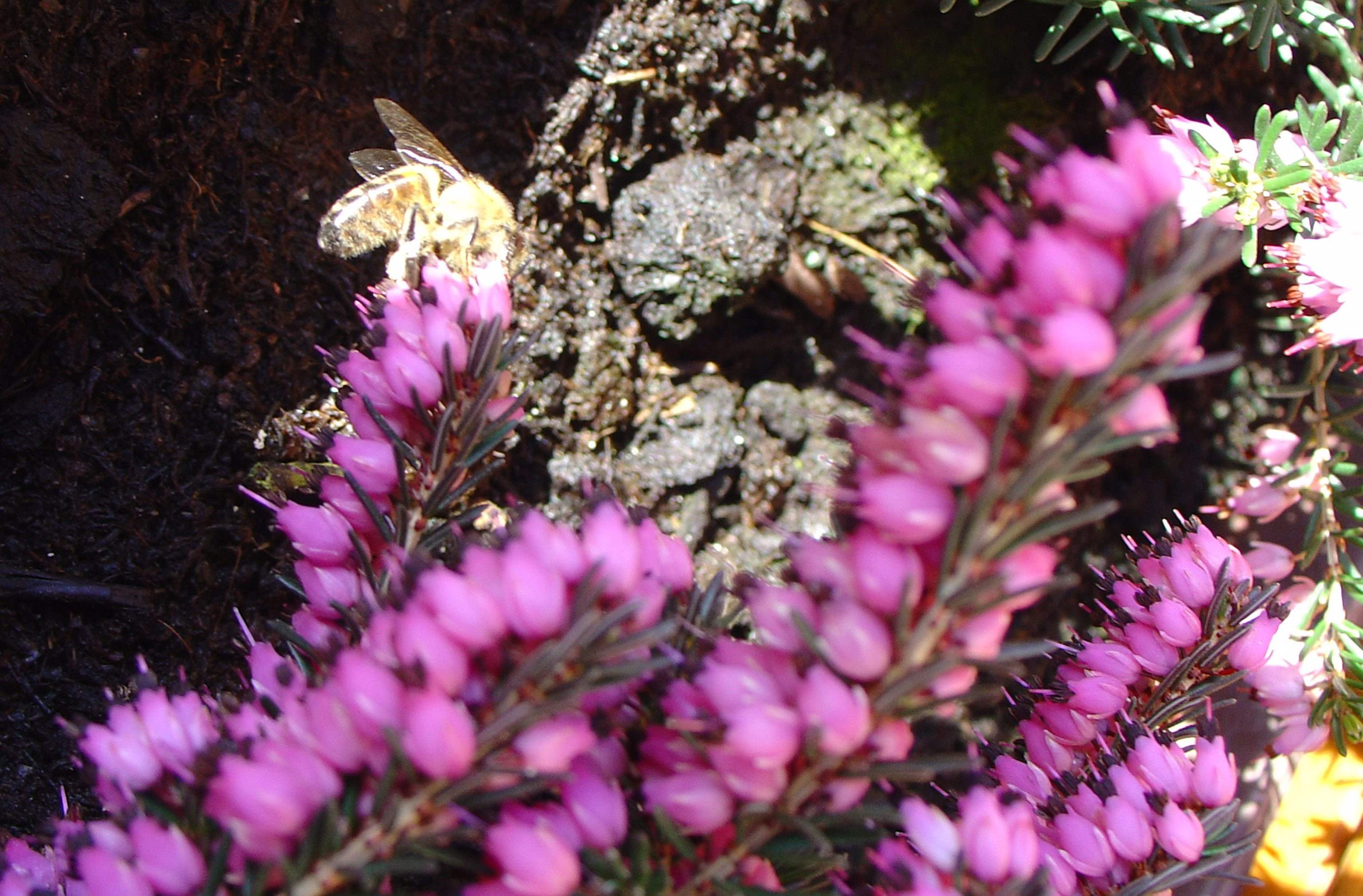One in five bees in Flanders did not survive the winter

Some beekeepers in Flanders have lost up to 75 per cent of their bee population this winter, the Flemish Beekeeping Institute (VBI) reported on Tuesday. But similar to last year, the total recorded bee mortality in Flanders is still around 20 percent, the Flemish Beekeepers' Association and the Honeybee Valley Institute said on Wednesday.
The VBI conducts an annual survey of beekeepers on winter mortality, which was published at the end of February this year. It showed a winter mortality rate of 23 per cent, a slight improvement from the previous year. "But the results are a gross underestimate," said VBI president René De Backer, as many Flemish beekeepers appear to have suffered losses of up to 75 per cent.
After the VBI sounded the alarm on Tuesday about the massive bee mortality last winter, the Flemish Beekeepers' Association nuanced the figures. "According to our information, one in five hives dies, which is a figure that every beekeeper takes into account," the association said. Honeybee Valley, the bee institute of UGent, also reports that this year's bee mortality is around 20 per cent.
"Locally, however, the differences can be large. Indeed, some beekeepers lose a greater number of hives. The reasons for these regional differences are often unprecedented and certainly diverse: the business methods of the beekeepers concerned, the local supply of nectar sources and pesticides, to name but a few," says president Geert Meersdom.
Like the VBI, the Imkersbond, which represents about 85 per cent of the beekeepers in Flanders, stresses that the Varroa mite, a parasite, has made life difficult for the bee population in recent years. Beekeepers are facing a 20 per cent mortality rate as a result, says Meersdom, whereas a 10 per cent mortality rate was normal before the arrival of the varroa mite.
Honeybee Valley, the bee institute of the University of Ghent, reports a mortality rate of 19.6 per cent, based on a survey of 662 Belgian beekeepers. "This figure is similar to last year, but still too high," says director Dirk de Graaf. "This means that some beekeepers have a high mortality rate, while others do not. This is the result of a number of underlying stressors: varroa, the Asian hornet beetle, food shortages and pesticides.
Two weeks ago, the European Commission called on EU member states and the European Parliament to speed up the adoption of proposals to protect bee populations. The call came in response to the Save the Bees and Farmers citizens' initiative, which calls for a ban on synthetic pesticides in agriculture by 2035 and other measures to protect bees in agriculture.
One in three bee and butterfly species is in decline, while around four in five crop and wildflower species in Europe depend on pollination. The Commission says the lack of pollination threatens half of the agricultural land and food security.
#FlandersNewsService | © BELGA PHOTO GUY VAN DEN HAUTE